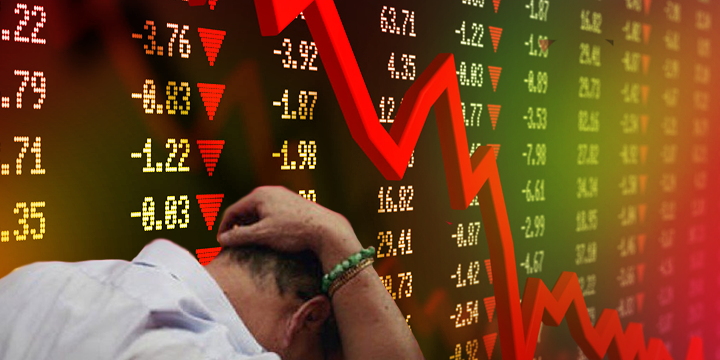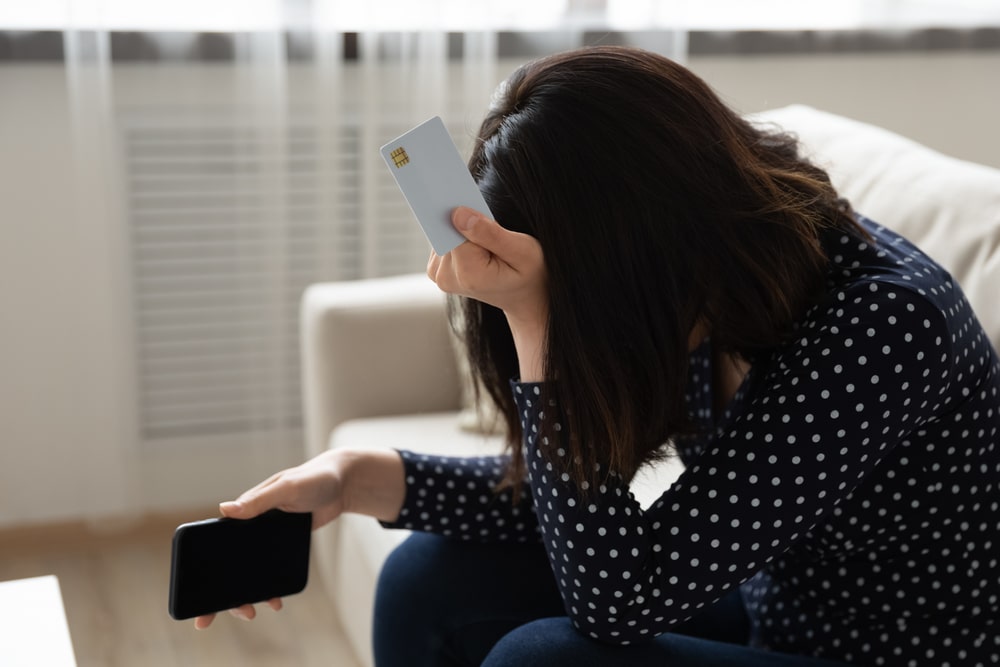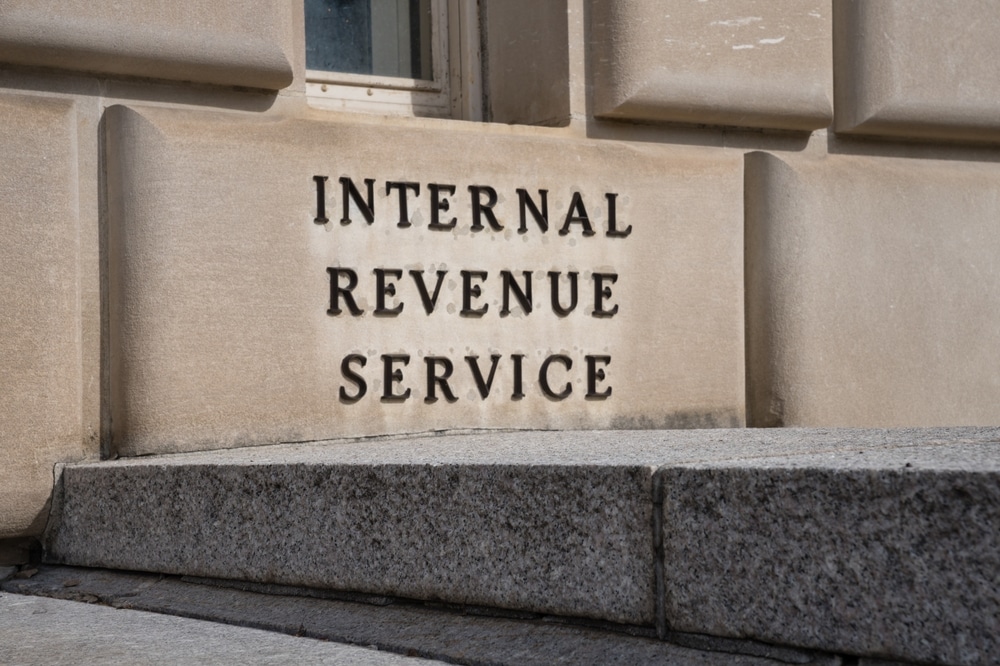
Here's Why the Dow is Much Riskier (and More At-Risk) Than You Think
If there’s any investment principle you’ve had drilled into your head over and over again, it’s the principle of “diversification.”
You’ve learned that diversifying your assets prevents you from concentrating all your risk in one bundle.
You know the saying, so cliched it’s painful to include it: “don’t put all your eggs in one basket.”
But there’s a serious flaw with this notion. In fact, there are three fundamental flaws.
First, this principle, propagated by financial institutions that profit from equities, assumes that your idea of diversification is limited to stocks and bonds.
"Got small caps stocks? Hedge with blue-chip defensive stocks."
Second, diversification works effectively, but only under what might be considered "normal" conditions (that includes cyclical market corrections).
But as we know, when the markets take a significant hit, the most recent being the 2008 financial crisis, and before that, the 2000-2001 tech crash, ALL stocks head south, and diversification does very little to hedge your risk.
So it doesn't matter if you hold large defensive stocks to hedge your small-cap holdings. In the event of a plunge, all will fall.
Third, what people refer to as “the market,” which is traditionally synonymous with the Dow Jones Index, is NOT by any means diversified.
Yes, 30 stocks, as compared with the S&P 500, is a bit concentrated. But its actual weighting is even more concentrated than that!
Greater concentration = greater risk. We can call it “concentration risk.” And here’s how it works:
- More than 50% of the Dow is comprised of only 9 companies.
- Only 18 companies make up roughly 80% of the Dow.
- One-third of the Dow rest on the performance of only 5 companies.
The image below illustrates this:

Image source: Morningstar
This means that the stocks on the lower end of the totem pole hardly make a difference.
This means that the Dow, and hence “the market,” is in the hands of only a few companies!
This also means that when the “leaders” fall, the rest of the market follows. And this is why diversification, under conditions of extreme environments--negative environments--simply doesn’t work.
When the Dow leaders fall, all stocks--even non-correlated stocks--begin exhibiting high levels of correlation.
In the case of the Dow 30, “as above, so below.” We can say the same for the entire stock market.
Sadly, many investors don’t understand this, and so they pay the price for believing in the myth of safety through diversification.
But here’s another thing to consider: the reason why diversifying in stocks doesn’t work is because, well, you’re diversifying in “stocks.”
To achieve true diversification--that is, a “true” hedge--you need to invest in something that doesn’t follow equity leaders.
Preferably, you want to diversify into an asset that is not subject to the same manipulative forces to which paper securities are vulnerable.
Physical gold and silver are the only assets that are not subject to banking or government forces. They can’t be manipulated (there’s a fixed supply) or inflated (you can’t inflate a metal), and because they exist in physical form, and stored privately, they can’t be monitored or seized as easily as “electronic” funds.
Just don’t hold CUSIP metals.
Now you understand why the “market” contains more risk than most investors think. It doesn’t mean that you shouldn’t invest in the markets...
But it does mean that if you want to diversify your assets truly, don't hedge the markets with more of the same markets.
All assets contain risk. There is no investment without risk. Gold has price risk, but not “value” risk...it never loses its intrinsic value no matter what price does.
So don’t hedge stocks with stocks. That makes no sense when the entire market goes down.
Gold and silver are the only true and time-tested means of diversification.










